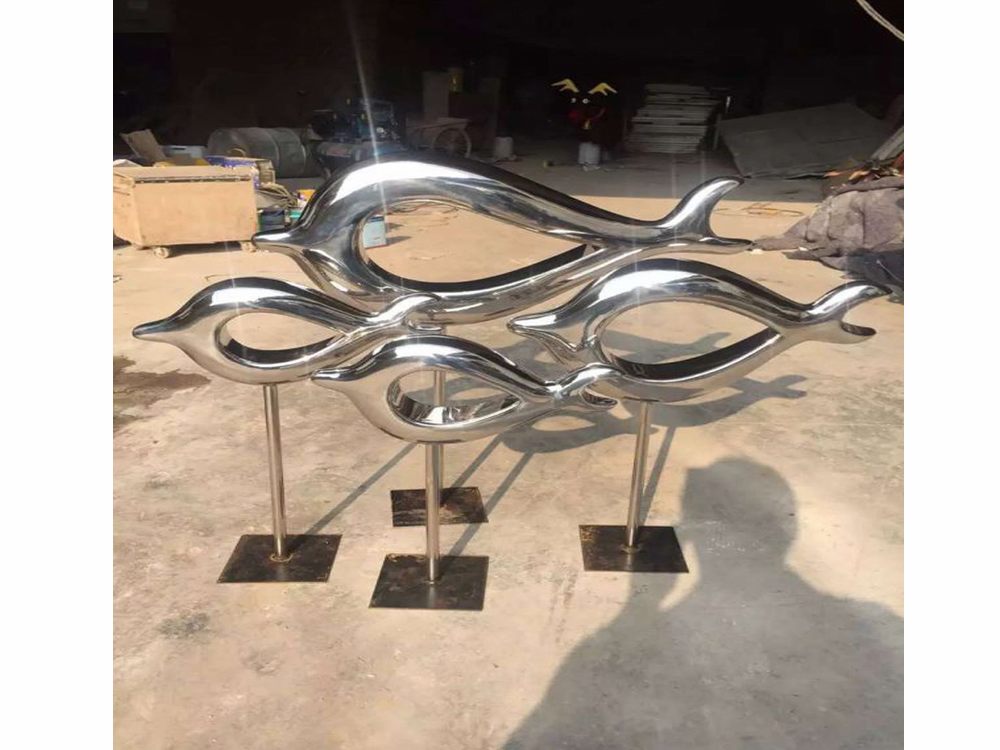
Stone sculpture is a timeless art form that manifests in two primary styles: organic and geometric. Understanding the differences between these styles enhances appreciation for the craftsmanship and vision behind each piece.
Organic Stone Sculpture
Organic sculptures mimic natural forms, often inspired by plants, animals, or human figures. These works emphasize fluidity, asymmetry, and a sense of movement, as if the stone itself is alive. Artists prioritize the stone's inherent texture and irregularities, allowing the material to guide the final shape. The result is a harmonious blend of art and nature, evoking emotions through curves and imperfections.
Geometric Stone Sculpture
In contrast, geometric sculptures rely on precise shapes, angles, and symmetry. These works often feature cubes, spheres, or abstract patterns, showcasing mathematical precision and clean lines. The artist imposes strict control over the stone, transforming it into structured, often minimalist designs. Geometric sculptures reflect order and balance, appealing to those who admire modern or abstract aesthetics.
Key Differences
1. Form: Organic sculptures embrace irregularity, while geometric ones prioritize symmetry.
2. Inspiration: Nature drives organic styles, whereas geometry stems from mathematical or architectural influences.
3. Technique: Organic sculptors follow the stone's natural lines, while geometric artists carve with measured precision.
4. Emotion vs. Logic: Organic pieces evoke feelings, while geometric works appeal to intellectual appreciation.
Whether drawn to the wild beauty of organic forms or the crisp elegance of geometric designs, both styles offer unique expressions of creativity in stone.

